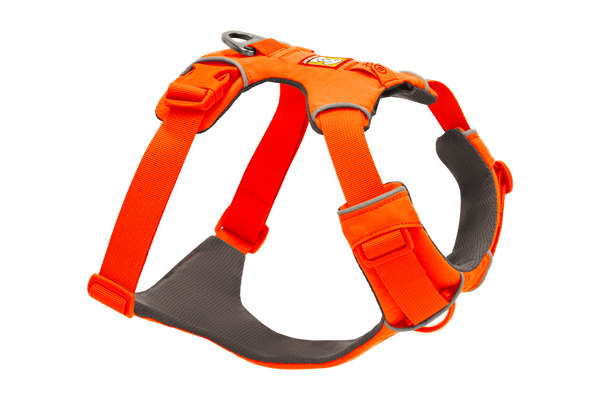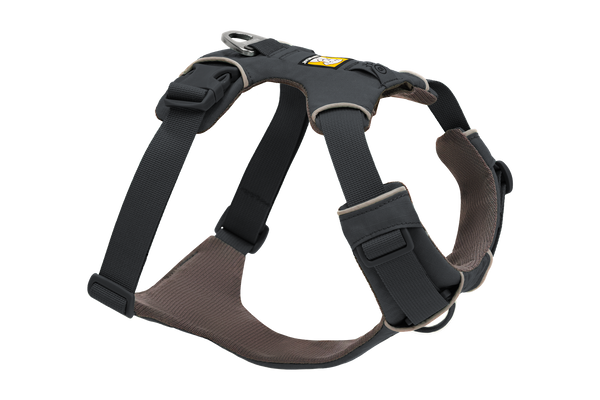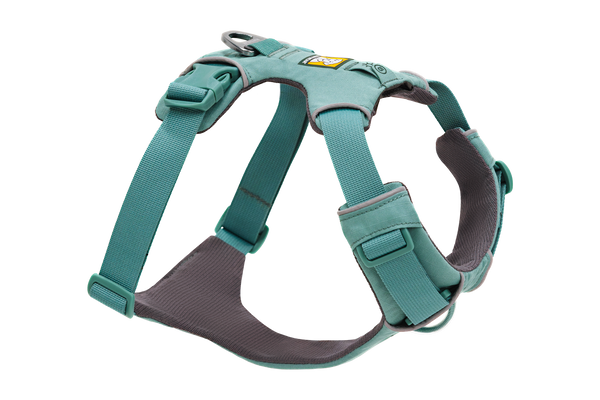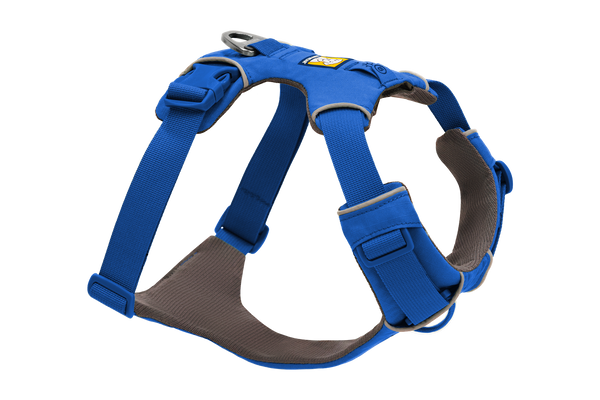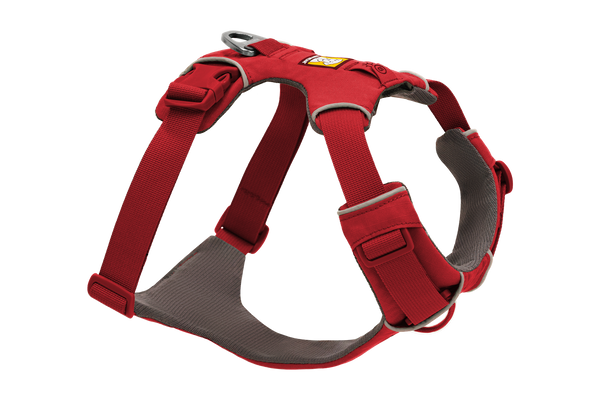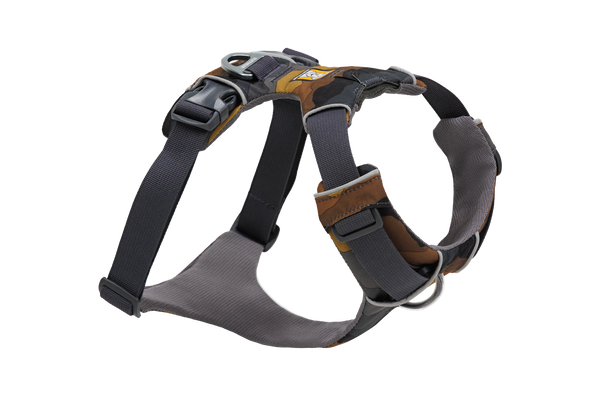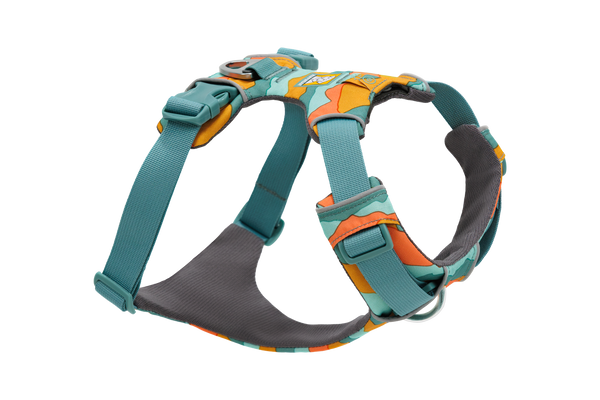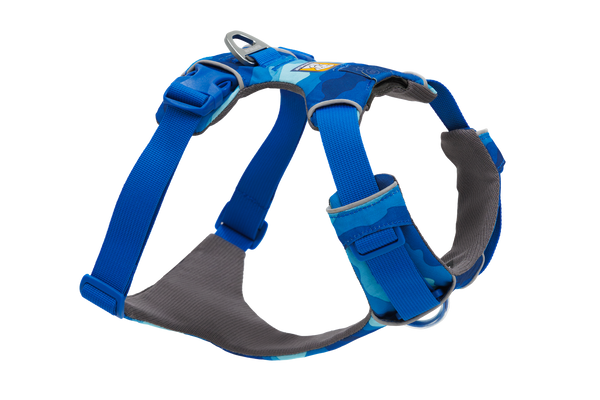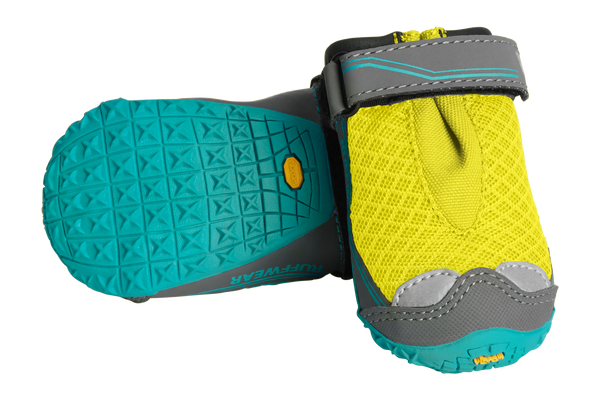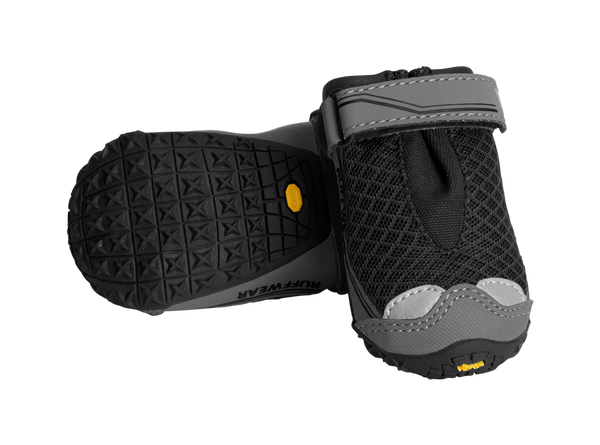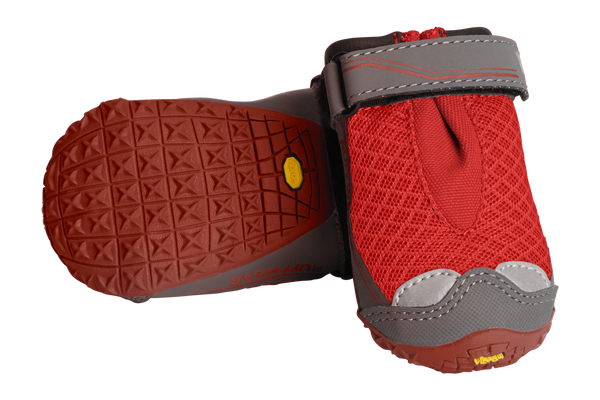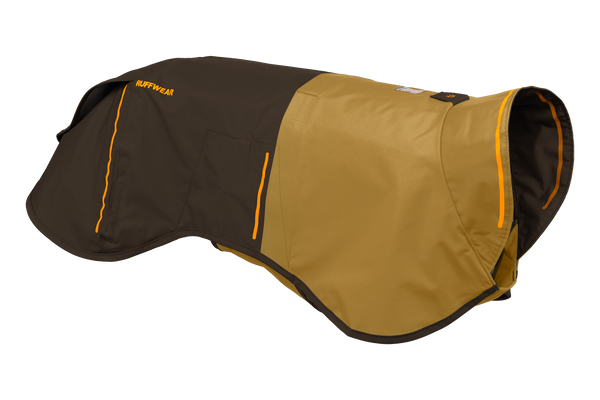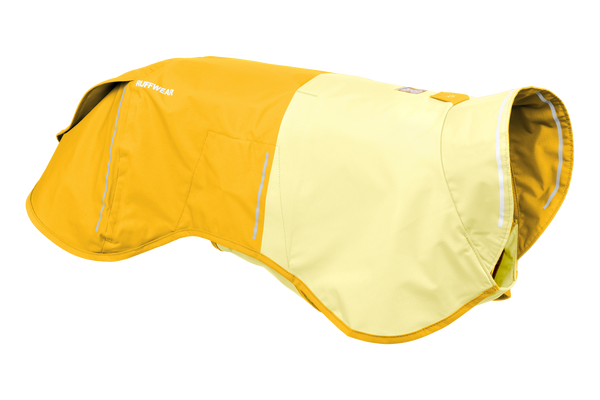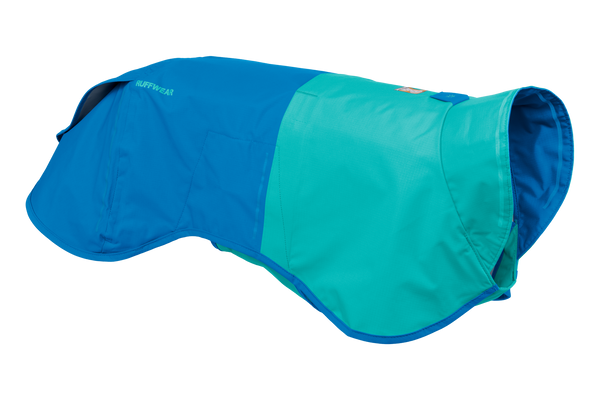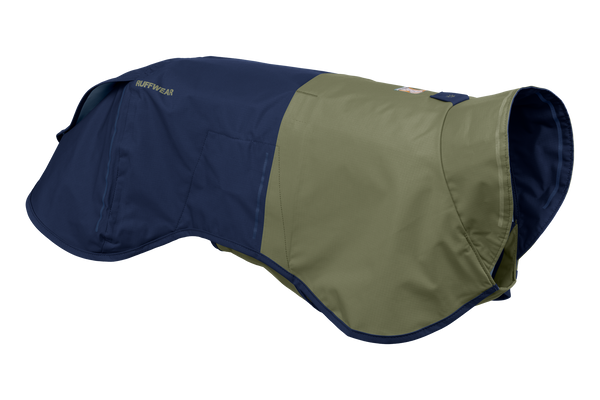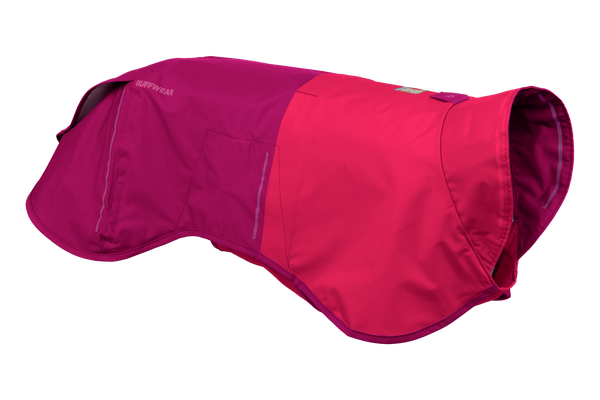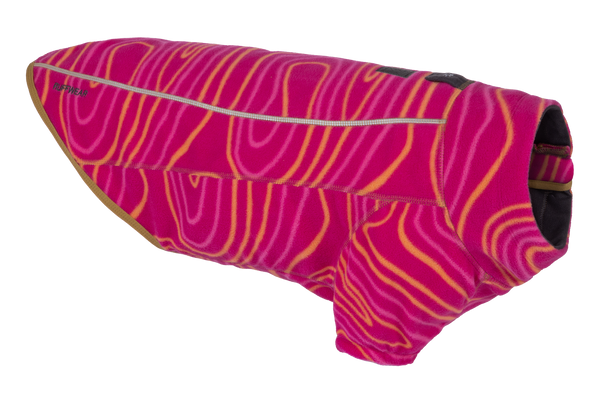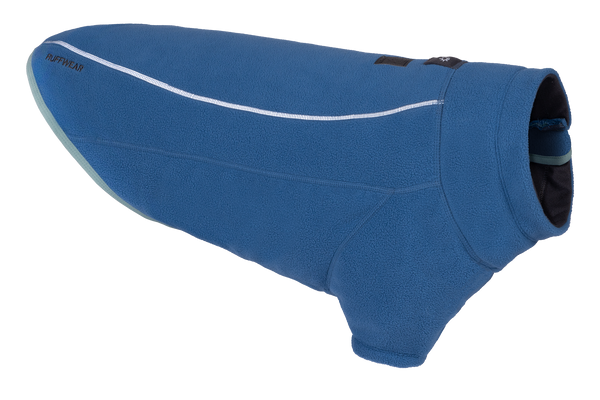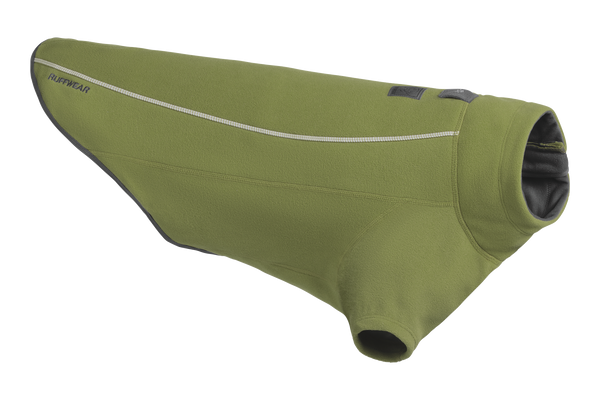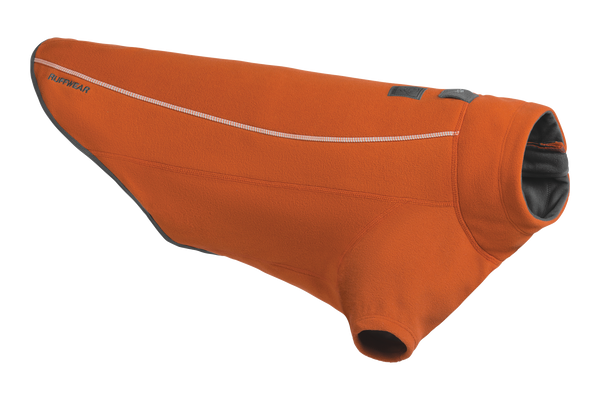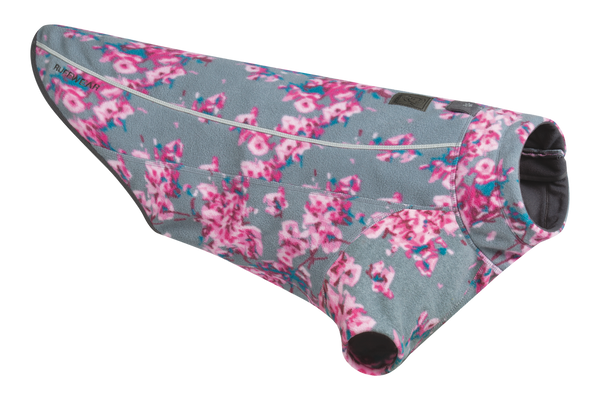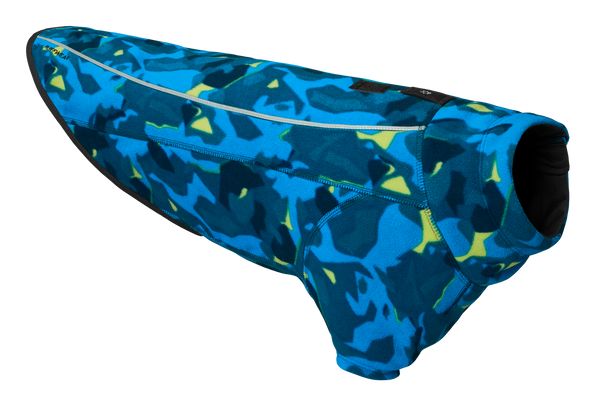Leave No Trace: Dog Edition
Spending time together on the trail is its own kind of treat – one that might just top your dog’s peanut butter obsession. But the reality is, our epic excursions have an impact on the environment and wildlife.
We’ve got you covered – there are ways to keep the stoke high while minimizing our impact. To scale those peaks responsibly, let’s take a look at Leave No Trace’s 7 Principles. Plus, read to the end to see our bonus tip to leave the trail better than you found it.
The 7 Principles of Leave No Trace: Dog Edition
Leave No Trace is an organization that provides education, skills, research, and science to help people care for the outdoors. We’ll take a look at their recommendations and add some of our own dog-specific tips and gear to keep your pup on track, too.
Principle 1: Plan Ahead & Prepare
Planning ahead helps us sidestep mistakes we might otherwise make on the trail. First off, you can check which public lands allow you to camp and hike with your canine companion. Here’s a helpful guide when planning to camp with dogs on public lands. Another hot tip: call the agency that manages the public lands you’re planning to visit.
Consider your anticipated food consumption. As Leave No Trace puts it, “Leftovers create waste which leaves a trace! Planning for one-pot meals and lightweight snacks decreases garbage.”

The same is true for dog food. The Kibble Kaddie™ Dog Food Travel Bag offers an efficient way to pack kibble.
Prep Your Pup: Check leash laws before heading out. With your pup on leash, you’ll protect wildlife and keep off-trail plants from being squashed.
Principle 2: Travel & Camp on Durable Surfaces
Where we hike – and set up camp – can affect land and waterways. With the thoughtful tips below, we can avoid trampling surface vegetation or communities of organisms.
When Hiking:

When we concentrate our foot and paw traffic on well-defined trails, we reduce the impact to surrounding areas. That said, there are moments when we (and our dogs) will travel off-trail – like finding privacy when nature calls or exploring campsite spots. Some surfaces are more durable and damage-resistant than others – making them better off-trail routes.
Most Durable:
- Rock, sand, and gravel – can tolerate repeated trampling
- Ice & snow – the effect of travel across these surfaces is temporary (with enough snow depth)
Medium Durability: Vegetation
- Dry grasses – more resistant to trampling
- Wet meadows – fragile
- Tip: avoid areas of vegetation whenever possible
Least Durable:
- Living soil – extremely vulnerable to foot traffic (just one footstep can destroy it and the communities of organisms within it)
- Desert puddles & mud holes – water is a scarce resource for wildlife. Pick another route.
Prep Your Pup: One way to make sure your dog sticks to the trail and leaves sensitive surfaces unharmed? Keep them on leash. If you prefer to enjoy a hike hands-free, consider the waist-worn Crag™ Reflective Dog Leash.
When Camping:

Being thoughtful and selective when choosing a campsite is one of the most important aspects of low-impact backcountry use. To do your part, you can camp 200 feet (70 adult steps) away from the water to allow access routes for wildlife.
Well-used campsites that have already been highly impacted are a solid choice. With careful use, you’re less likely to have a noticeable impact there than on never-used spots. Another safe bet that avoids risk of harm to vegetation? Picking a camp spot on exposed rock or sand.
Prep Your Pup: To minimize your dog’s impact on a campsite, use the Knot-a-Hitch™ dog-hitching system. It secures around two trees or a single post and allows dogs to roam camp while remaining on leash.
Principle 3: Dispose of Waste Properly
Do a careful cleaning of your area – keeping an extra lookout for kitchen waste, such as bacon grease and leftovers, which attract wildlife. Pack it in, pack it out!
It might not be your favorite chore – but disposing of human and dog waste properly is key. It helps mitigate the pollution of water sources, the chance of someone else finding (or stepping in!) it, and the possibility of spreading disease. For human waste, Leave No Trace explains how you can bury it or pack it out. For dog waste, they recommend that it be picked up and packed out in pick-up bags.

Managing multiple bags of poop in the backcountry may not sound ideal – one reason we love the Pack Out Bag™. It comes in two sizes, the larger of which works well for overnight trips. For multiple-night trips that would exceed the capacity of the Pack Out Bag, we've found it handy to store full pick-up bags in a wide-mouthed water bottle. It's a lightweight and stink-free solution.
Prep Your Pup: The Pack Out Bag™ is a convenient solution for carrying full dog pick-up bags hands-free. You can wear it around your waist, or attach the belt clip directly to your day pack. It comes with 15 Earth-Rated® bags.
Principle 4: Leave What You Find
One of the top ways to leave no trace? Leave areas as we found them. If we clear an area of twigs or pinecones, let’s replace them before leaving. When passing flowers, let’s consider taking a picture instead of picking them. One flower might not seem like a big deal – but imagine when everyone thinks that way.
These beautiful parts of the landscape actually help wildlife survive. Leave No Trace shares that maple leaves provide vitamin C for pregnant deer, and sticks are useful building materials for a bird’s nest.
Principle 5: Minimize Campfire Impacts
Consider using a camp stove for food prep instead of building a campfire. Not only are wildfires a serious problem, gathering firewood and the remnants of a campfire leave an impact.

Prep Your Pup: Sure, having a campfire comes in handy for more than just cooking. But, there are other ways to stay warm. While you’re cozied up in your sleeping bag, keep your pup warm in their own dog sleeping bag.
Principle 6: Respect Wildlife
It’s a treat to see wildlife in their natural habitat. Fortunately, we can observe them from a distance without disturbing them.
That said, it’s one thing to keep yourself away from wildlife, it’s another to keep your dog away. Some dogs can be curious about wildlife. Good recall, basic obedience, and manners like “leave it” will help protect your canine companion and wildlife.

Prep Your Pup: By carrying treats in a Treat Trader™, you can reward good trail behavior. Also, the Switchbak™ Dog Leash is an adjustable leash that can extend for more room or shorten to keep your dog secure when you spot wildlife.
Principle 7: Be Considerate of Others
For many, time in the outdoors offers solitude and peace. Let’s look at a few ways we can respect others.
Consider that not all people feel comfortable allowing their dogs to greet yours on the trail. If you’d like your dog to say hi to another dog, you might check with their human first. You’ll find out the person’s – and their dog’s – comfort level in the process.

Don’t forget to check the hiking and camping leash laws on the trail and pack out your dog’s waste with pick-up bags so everyone can enjoy a clean trail.
Prep Your Pup: If your dog enjoys a good bark or howl at the moon, you might redirect their energy to an entertaining dog toy to gnaw on if you’re camping near other wilderness-goers.
Bonus! Leave the Trail Better Than You Found It
Eager to take it a step further? In addition to packing out your own trash, why not pack out others’ trash while you’re at it? Pack a few extra grocery or garbage bags and gloves, then get your trail cleanin’ on!
Need More Support?
If you’d like more help planning a responsible hiking and camping experience with your dog, we’re here for you. Check out our recommended camping gear, hiking gear, and the Go Guide: Camp & Hike. You might also enjoy our article, Camping with Dogs on Public Lands.
More questions on your list? Contact our team of experts, and let us know how we can help prepare you for your next trip. We've done our fair share of treks and nights under the stars and would love to share what we've learned along the way.